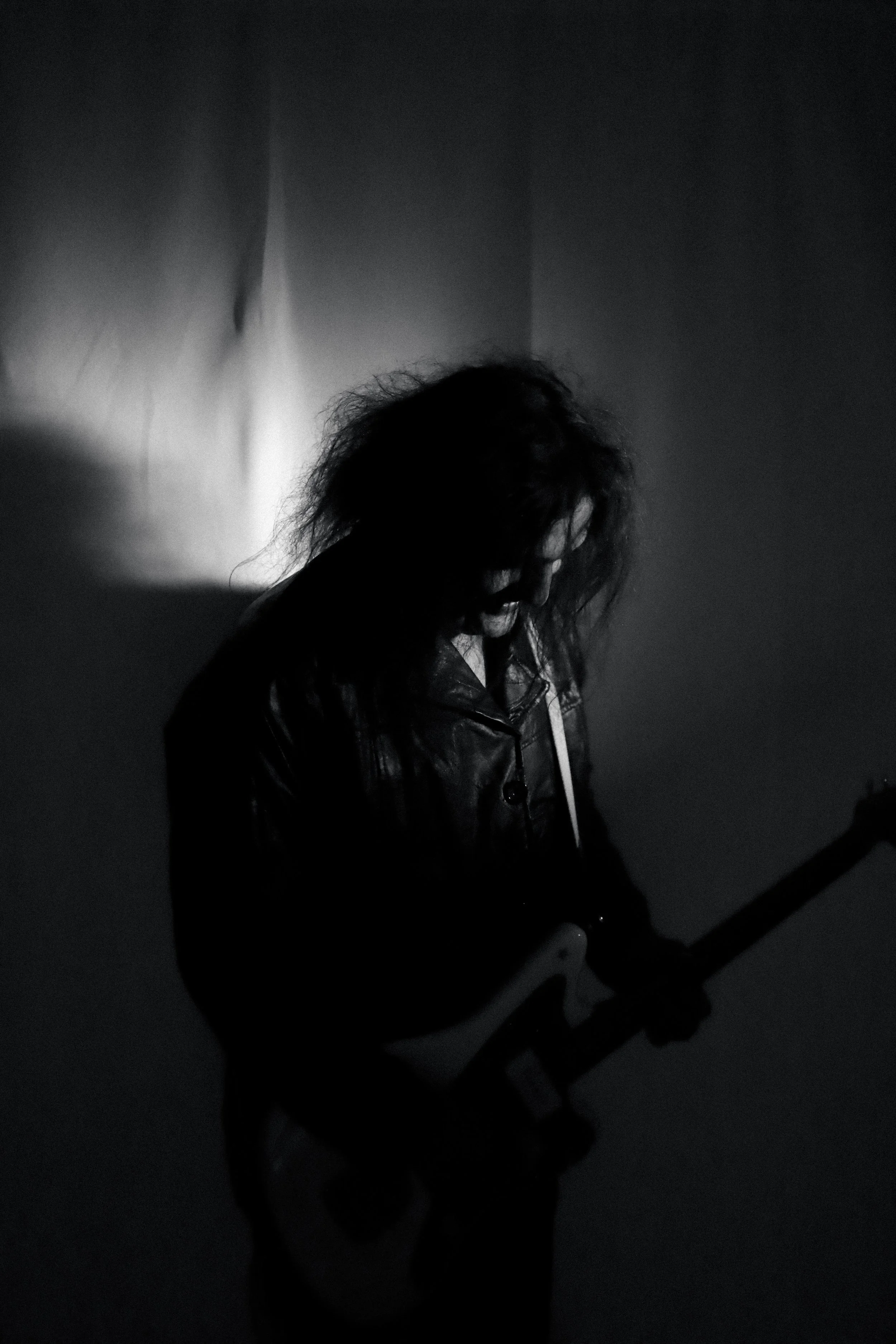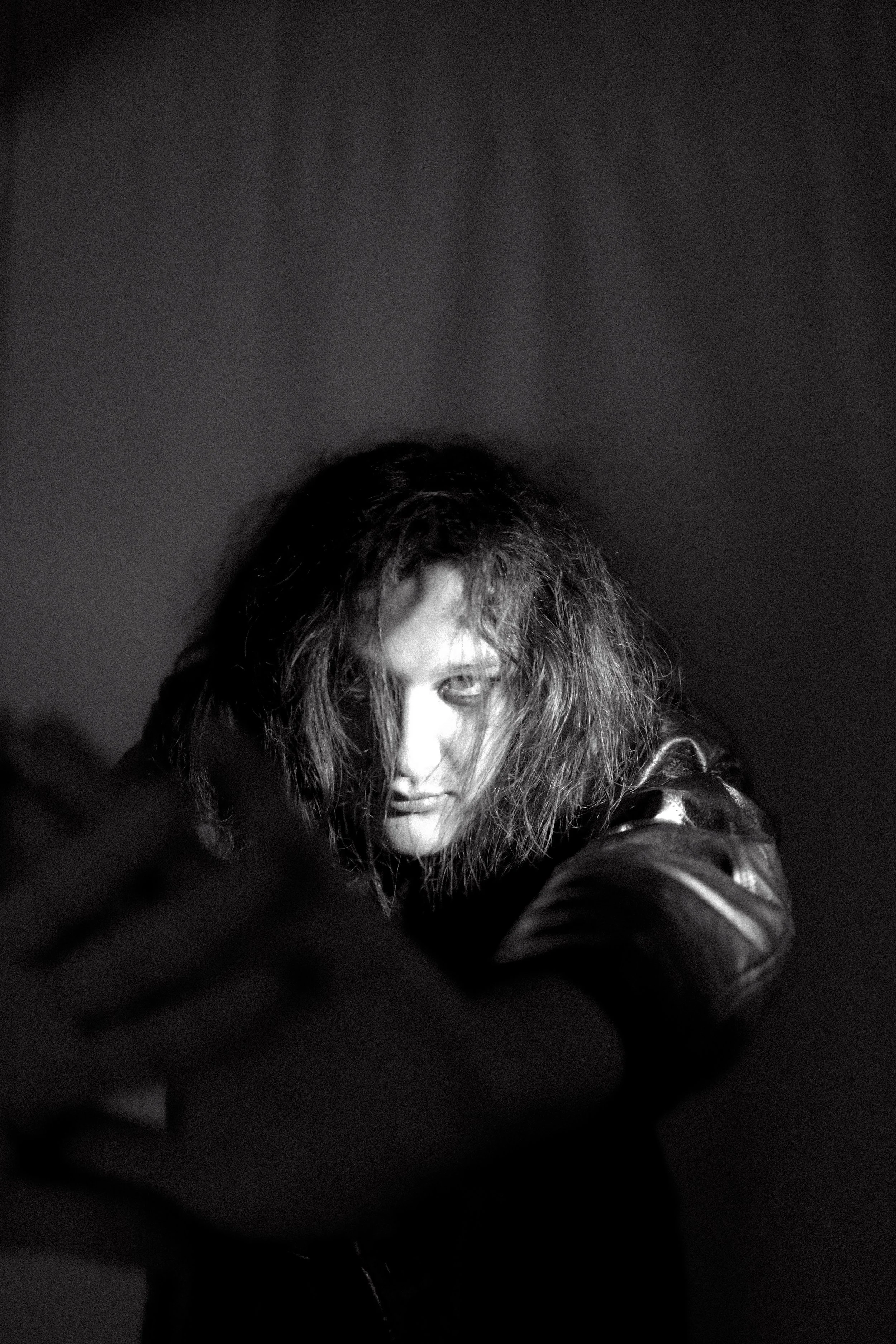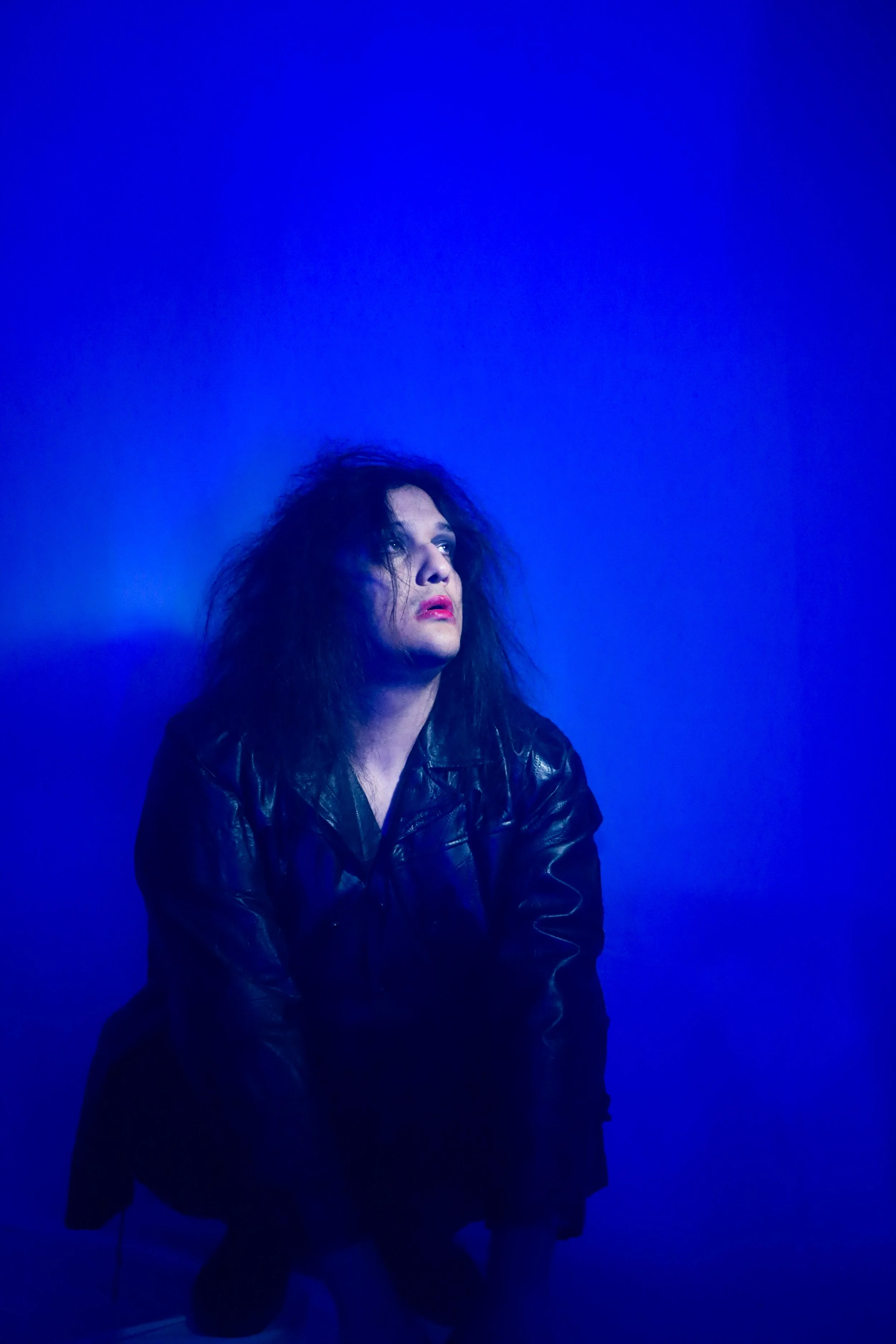The End
There are few music artists that have been able to brave the treacherous waters of time and maintain relevance in the fluctuating climate of the music industry. Artists whose messages are intertwined with the human condition and can be celebrated across generations. For over four decades, Crawly based rock icon The Cure has captivated millions with their masterful compositions spanning many different moods and musical stylings. On November 1, 2024, their 14th studio album titled “Songs Of A Lost World” released, breaking a 16 year hiatus from their last album.
The band was formed in 1976 under the name “Easy Cure” with members Robert Smith, Lol Tulhurst, Micheal Dempsey and Porl Thompson. After a few lineup changes and a shortening of the name, the band released their debut album “Three Imaginary Boys” in 1979. The first album was a by-product of the burgeoning punk scene of late 70s England, containing high energy tracks that brought along many young fans. People would soon realize that the sound of The Cure is hard to fully quantify– one part stripped back pop songwriting with catchy melodies and another part agonizingly vulnerable expanses of sonic meditation. The early 80s brought the trilogy that cemented them as goth legends starting with “Seventeen Seconds” in 1980, “Faith” in 1981 and “Pornography” in 1982. This era of the band was colored by a darkness that was fueled by excessive drug use and personal tragedy. Amidst the chaos of their interpersonal relationships, Smith and company managed to reinvent the sound of The Cure with their next run of albums: 1984’s “The Top,” “Head On The Door” released in 1985, and 1987’s international smash hit “Kiss Me Kiss Me Kiss Me.” The Cure strengthened their ability to make compelling pop music while experimenting with different soundscapes, allowing the songs on these albums to have a more light hearted tone that had greater mass appeal. This would lead to the release of what many fans consider to be the greatest album in their discography, “Disintegration,” in 1989. This album is steeped in the melancholic musings of Smith’s poetry and the lush, ornate compositions that create an atmosphere that dances between light and dark with precision. Their commercial peak would come with the ninth studio album, 1992’s “Wish,” which spawned the bands biggest single “Friday, I’m In Love.” Four more albums would be released from the mid 90s to early 2000s to varying degrees of critical acclaim, the last project to date being 2008’s “4:13 Dream.” As years passed by with no word of new music, fans began to wonder if we would ever hear from Smith and company again.
“Songs Of A Lost World” is the culmination of 45 years of passion. The principle recording was completed in 2019, and most songs from the tracklist were being played live on the band’s tour in 2022. The album artwork is a photo of the sculpture “Bagatelle” by Janez Pirnat, depicting a face materializing out of a stone. Robert Smith revealed in an interview that the day he decided to use the sculpture for the album was the same day Pirnat passed away at 88 years old. The faded human features that emerge from the ancient stone emits an existential mood, and the image of a monolith that has been worn down by the erosion of time is a powerful visual metaphor to pair with this project. The most palpable theme throughout the record is the wreckoning with the unending movement of time. The Cure is no stranger to angst, but “Songs Of A Lost World” is filled with pure dread.
Smith’s prose paints a portrait of a man who has fully submitted to impermanence. Lines such as “Thunder rolling in to drown/November moon in cold black rain…” and “I lose my reason when I fall through the door/Endless black night lost in looking for more…” sets the scene of a desolate wasteland empty of everything except despair. The opening track of the album, “Alone,” pushes itself along at a glacial pace. Its pummeling bass rips through soft string chords while a dainty piano motif bounces around tribal drum patterns. It hangs on to the instrumental for three minutes and 22 seconds before Robert Smith declares “This is the end of every song that we sing.” He reflects on his younger years; “And it all stops/We were always sure that we would never change/And it all stops/We were always sure that we would stay the same.” Grief is another thread that holds together the tapestry, with the song “I Can Never Say Goodbye” paying tribute to Smith’s brother who passed away in 2019; “Something wicked this way comes/From out the cruel and treacherous night/To steal away my brother’s life/I can never say goodbye.” These words are heavy from the years of life that have been lived, recognizing that soon there will be no voice to carry the melodies.
While the lyrics are preoccupied with the doom, the music of “Songs Of A Lost World” keeps the gloom at bay with a rich expanse of sounds that Smith describes as a “Big Wash.” The music draws from their outings on records like “Disintegration” and 2000’s “Bloodflowers,” balancing the heavy subject matter with midtempo post-punk anthems. The song “Drone:Nodrone” would be blasting out of the speakers at a disco in an abandoned industrial plant. All of the songs take pleasure in letting the arrangement breathe, having their own emotional arcs long before any vocals come in to torment the listener with Smith’s oppressive eulogizing. The Cure have a knack for making sad music that compels the body to move, which has made them icons in alternative music spaces. This is the most refined the band has ever sounded.
The Cure has been around longer than me and most of my peers have been alive. They walk along the upper echelons of rock history and have inspired countless artists across every medium. I have been a fan of The Cure for as far back as I can remember, and witnessing the beginning of the end of this musical institution fills me with a somber feeling. Hearing one of my heroes sing about his life regrets while pontificating the purpose of human suffering forces me to come to terms with my own mortality. At some point the song must end. In this recognition of the finite, I don't walk away from these songs with a nihilistic worldview. This album is the soundtrack to the last party at the end of the world, and you better believe there’s gonna be a mirror ball. It is a celebration of the indomitable human spirit. Despite the pain and loss they have endured, The Cure have managed to create a beautiful body of work that comes to terms with the end of all things. They have been able to tell the story on their own terms, staying true to the core of who they are while having career defining moments. Robert Smith’s voice still carries the same tenacity as his adolescent yelps on “Three Imaginary Boys,” but now he sings about the conclusion to the story…almost.
In an interview with Matt Everitt, Smith talked earnestly about his desired ending for the band. “I’m 70 in 2029, and that’s the 50th anniversary of the first Cure album. If I make it that far, that’s it.” Before they signed off, Smith said that they have one more album’s worth of material that was recorded in the same sessions as “Songs Of A Lost World” slated for a 2025 release window alongside a long rumored documentary chronicling the lifespan of The Cure. Though it may be difficult to say goodbye, the legacy of The Cure will live on, changing with the winds, but never truly fading.
Written by Jesse Carrasco, Photography: Jacki Burns, Social Media: Zaara Hashmy, Styling: Ryan Velasco, Event: Peyton Jackson









